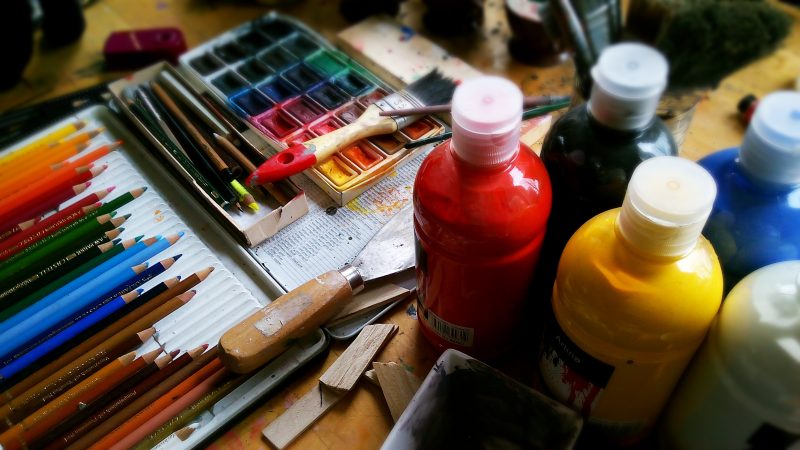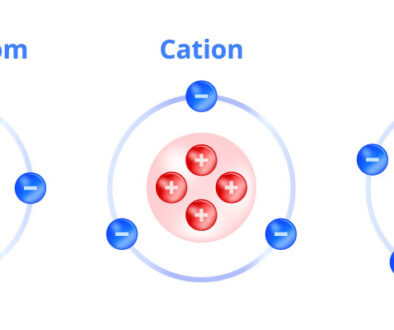Getting Acquainted with Acrylic Paints

In 1934 the first usable acrylic resin dispersion was created by the German chemical company BASF, patented by Rohm and Haas. By the 1940s the first synthetic paint was used, combining some of the properties of oil and watercolor paints to create one of the first water based acrylic polymers. Sometime between 1946 and 1949, Leonard Bocour and Sam Golden put their heads together and created a solution acrylic paint under the brand Magna Paint. Acrylic paints were made commercially available in the 1950s.
This sprung the development of a water based acrylic polymer paint known as “Aquatec”, created by Sam Golden. Afterward Otto Rohm invented acrylic resin, which was then transformed into acrylic paint. At this point, water based acrylic polymers and paints were subsequently sold as latex house paints. Latex is the technical term for a suspension of polymer microparticles in water. Interior and exterior latex house paints tend to have slightly different properties. Interior latex paints tend to combine a binder (acrylic, vinyl, PVA, and others) with pigment, filler, and water. Exterior latex paints may incorporate a co-polymer blend, but the best exterior water based polymer paints are 100% acrylic. However, vinyl costs half of what 100% acrylic resins cost, and PVA makes for an even cheaper emulsion.
Varieties
- Heavy body acrylics are offered in Artist and Student Grade paints. They have the highest thickness or viscosity. Often considered for impasto or heavier paint applications, they are able to hold a brush or knife stroke. Gel Mediums also offer various viscosities and can be used to thicken or thin paints, as well as extend paints or create transparency.
- Medium viscosity acrylics have a lower viscosity but usually the same pigmentation as Heavy Body acrylics. Medium viscosity acrylics are perfect for watercolor techniques, airbrush application, or when an even distribution is needed. They can also be mixed with other mediums to thicken them for impasto work, or to thin them for glazing applications.
- Open acrylics were made to address the biggest difference between oil and acrylic paints, how quickly acrylic paints dry. Created with a hydrophilic acrylic resin, these paints can take a few hours to a few weeks to dry completely dry depending on factors such as temperature, humidity, paint thickness, and support characteristics.
- Acrylic gouache is not unlike a traditional gouache. Instead of having a gloss or sheen it will dry to a matte, opaque finish. The binders in acrylic gouache make it resistant to water once it dries. This paint will adhere to a variety of surfaces, not only canvas and paper, and is typically used by illustrators, watercolorists, and cartoonists.
- Craft acrylics are made to be used on surfaces other than canvas, such as metal, fabrics, wood, and ceramics. Usually used in decorative painting techniques and faux finishes, their colors can be mixed, although pigments are not often specified. Instead, each color line is formulated to create a wide range of premixed colors. Craft acrylics are usually mixed with vinyl or PVA resins to increase adhesion and cut costs.
- Exterior acrylics are able to withstand outdoor conditions. They are easily capable of adhering to many surfaces. Resilient to both water and ultraviolet light, they the acrylic of choice for outdoor signs, architectural murals, and many faux-finishing techniques.


